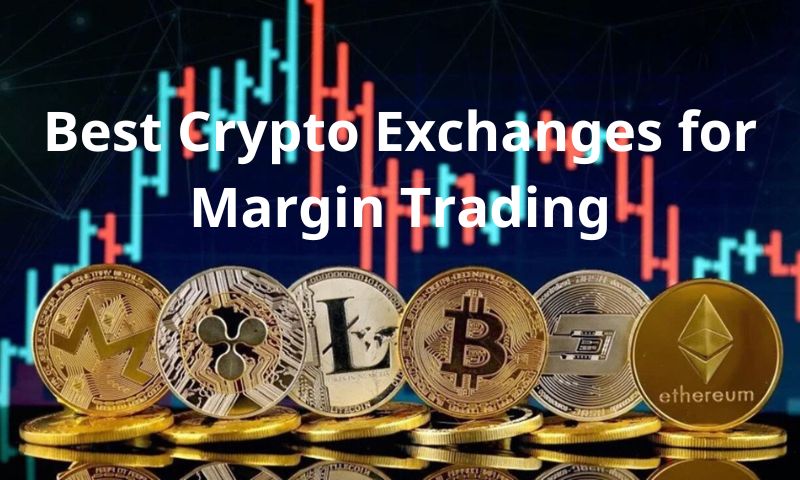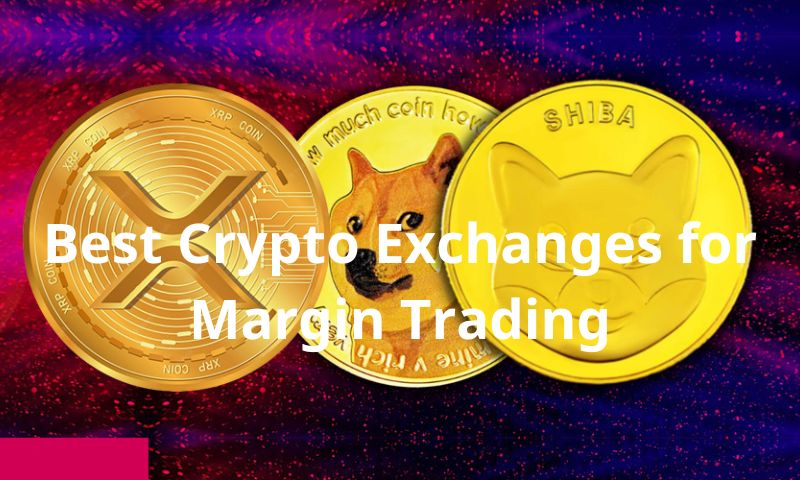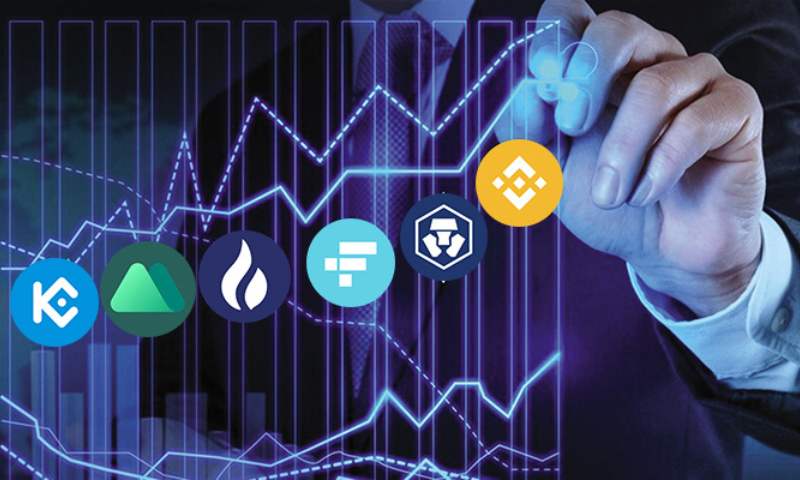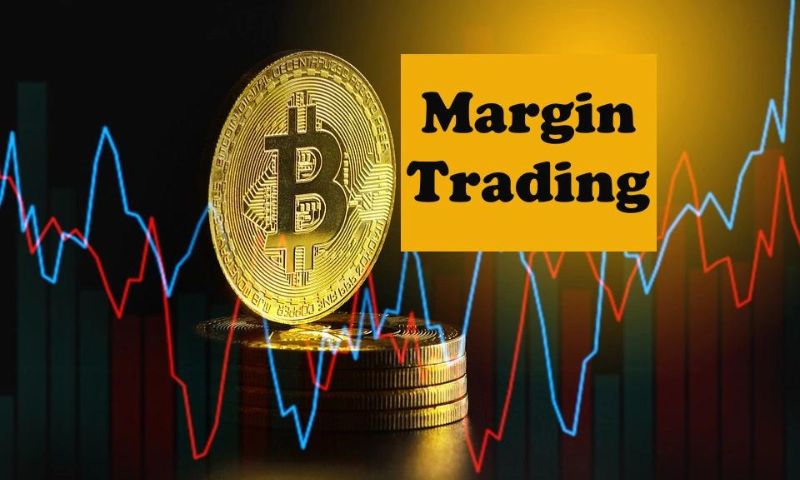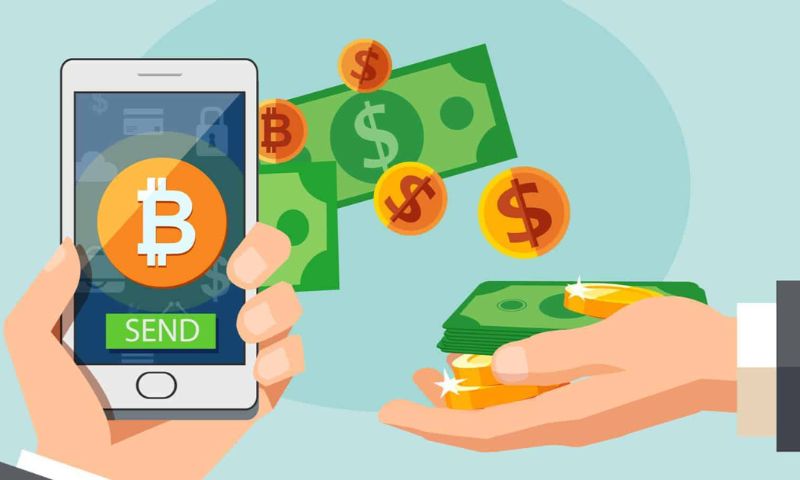Best crypto exchanges for margin trading don’t just open doors; they unlock whole new levels of potential profits. With the right platform, you can magnify gains (and losses, so beware!) way beyond your initial stake. But not all exchanges are created equal. Security, leverage, and user experience drastically differ. That’s why I delve deep, beyond the surface, to outline what really matters in this high-stakes game. Ready to leverage your trades? Let’s decode the best exchanges, ensuring you’re equipped to pick the champion of your trading journey. Whether you’re a pro or just in for quick growth, it’s time to trade smarter, not harder.
Understanding the Basics of Crypto Margin Trading
Exploring High Leverage Bitcoin Exchanges
High leverage Bitcoin exchanges allow you to trade more money than you have. This means you can make bigger trades with a small amount of your own money. This power comes with big risks too. One can lose money fast if trades go the wrong way.
These exchanges work by using borrowed money, called “leverage.” Leverage is like using a stick to move a big rock with less effort. Top cryptocurrency leverage platforms offer leverage from 3x to 100x. This means you can trade up to 100 times more than what you put in.
It’s like a race car. The more speed (leverage), the farther you can go. But more speed means crashes can hurt more, so you have to learn to drive well. Trading crypto with leverage is similar. To win, know the track (market), manage your speed (leverage), and don’t crash (lose money).
Deciphering Margin Trading Features and Funding Rates
Margin trading features and funding rates are key to understand. They are the tools and rules of trading with leverage. Think of them as the parts that make your race car run. Funding rates are what you pay or earn for holding a trade over time.
Secure crypto margin trading depends on the features platforms offer. Advanced trading features help us make smarter moves. They tell us when to turn or speed up in our race car. Things like stop-loss orders help cut losses before they get too big.
Funding rates change with market interest. Low rates can be good for long trades. High rates might work for short trades. User-friendly margin trading exchanges make it easier to understand these features.
Exchange platforms with high margin limits let you trade big. But, big trades are not always the best option. It’s essential to handle them carefully.
It’s also important to know the difference between cross margin and isolated margin. Cross margin uses all your money in the account to keep trades open. Isolated margin uses only the money set for that trade. This can prevent losing all your money if a trade goes wrong.
When comparing platforms, look at margin trading exchange fees too. Fees can add up and eat into profits. Find a balance between low fees and platform security.
Good traders also understand liquidation. This happens when a trade loses too much value. The platform will close your trade if this risk gets too high. This keeps you from owing more money than you have.
Finding the best platform for margin trading can be a game-changer. It can help you do well in the world of crypto. But always remember, with great power comes great responsibility. Trading with high leverage needs skills, patience, and a cool head. Use these tools wisely to unlock the full potential of your trades.
Evaluating Crypto Exchange Platforms for Margin Trading
Security Measures and KYC Norms in Crypto Exchanges
When it comes to finding the best exchange for margin trading, you’ve got to look at security first. You want a place that keeps your money safe. Top exchanges use stuff like cold storage. This means they keep a big chunk of digital coins offline. Offline coins are much harder for bad guys to steal.
Every good exchange has KYC norms too. KYC means “Know Your Customer.” They’ll ask for your ID and stuff to make sure you are you. It helps stop bad things like money laundering. Trading on these platforms means you’re protecting yourself and playing by the rules.
Now, let’s dig into what makes an exchange secure for margin trading. We start by making sure they encrypt all your data. Encryption is like a secret code that keeps your info safe. Only you and the exchange can read it. Two-factor authentication, or 2FA, is another big deal. It’s like a double lock on your account. Even if someone gets your password, they can’t get in without that second key.
Lastly, look for exchanges that have a strong track record. If they’ve been around for a while without big issues, that’s a good sign. It means they know how to handle your money and keep it safe.
Interface and User Experience: Navigating for Optimal Trading
Now, think about how easy the exchange feels to use. You want clean charts, simple ways to set trades, and tools that help you make smart moves. A well-designed interface can be the difference between winning and losing in margin trading.
Here’s why the interface matters. If you’re trading with leverage, you have to move fast. Prices in crypto can change quick. You need to see those changes right away. So, charts that update in real-time and clear buttons for your trades are key.
Good exchanges help you out with trading tools like indicators. Indicators can give you hints about what prices might do next. This helps you decide when to buy and when to sell.
Here’s something else to remember. Sometimes, trading gets rough. You could get a margin call. This is when the exchange says you need to add more money or they’ll close your trade at a loss. A good user interface will show you this clearly. So, you’re not caught off guard.
In the end, the best platform for you is one that feels right. It should have the security you need and be easy to use. It should make tough trading stuff simpler. When everything lines up like this, you’re in a good spot to start trading with margin.
And always remember, no matter how good an exchange seems, margin trading is risky. You can win big, but you can also lose big. Never trade with more than you can afford to lose. Be smart and stay safe out there!
Technical Analysis and Trading Tools for Margin Trading
Indicators and Strategies: Crafting a Winning Approach
To win in margin trading, you need the right tools. Good strategies start with charts. They show prices over time. We use indicators. These help guess where prices might go. Have you seen lines that follow price charts? They are like clues in a video game. They can guide you.
Some top indicators are moving averages, RSI, and Bollinger Bands. Each of these can signal if it’s time to buy or sell. Moving averages smooth out prices. This shows a trend. RSI tells us if a coin is bought too much or not enough. Bollinger Bands squeeze or widen. This tells us if prices might break out.
For a good start, learn one indicator well. Then add more as you get better. Just like in sports, practice makes perfect. The more you know, the better your trades can be.
Managing Risks: Liquidation and Margin Call Practices
Risk is a big deal in trading with leverage. Prices can go way down fast. So you need to know about liquidation. This happens if your trade’s value falls too much. The exchange closes your trade. You can lose all your money. It’s the game over screen in trading.
Here’s the thing: always watch your trades. Use tools like stop-loss orders. They can close your trade before it hits liquidation. Think of it as an emergency exit. Margin calls are like a warning siren. They say, “Add more money or we close the trade.”
To stay safe, don’t use all your money in one trade. Spread it out. Like not eating all your candy at once. If a trade goes bad, you still have other chances. And remember, slow and steady can win the race.
In trading, fewer surprises mean less stress. Let’s keep it simple and safe. That’s how you stay in the game and have fun too.
Regulatory Compliance and Platform Trustworthiness
Understanding Liquidity and Exchange Reputation
Liquidity means how fast you can buy or sell without moving the price much. In margin trading, high liquidity is a must. It means you have better prices, more stable markets, and can trade faster. You always want that, right? To pick a good crypto margin trading platform, see if it has high liquidity. This means the platform is big and trusted.
Reputation is how people see the platform. Does it have good customer service? Is it always up and running? Do others say it’s safe to use? A platform with a good name means you can trust it more with your money.
Look for platforms that are known and have lots of users. They are often safer than ones not many know. Word of mouth is powerful. If a trader likes a platform, they’ll tell others. Soon, one good trader’s tip can draw a crowd. That’s how online reputations grow.
The Significance of Regulatory Framework in Margin Trading
Margin trading is when you borrow money to trade more than you have. It’s tricky because you can win big or lose a lot. That’s why rules matter. They keep trading fair and safe for everyone. When a platform follows the law, your money is more secure.
If a platform doesn’t follow rules, it could be risky. You could lose money or get into trouble. Always check if a platform is following all the laws. If it does, it cares about doing things the right way.
Think of it like a safety belt in a car. The laws are the belt that keeps you secure while you trade. Rules keep things in order, so no one gets hurt. When you trade, you want to focus on winning, not worrying about the rules.
In conclusion, remember these two things. First, pick a platform with lots of money moving around – that means it has high liquidity. Second, pick a place that plays by the rules. This means they’re on your side, making sure you have a fair shot at winning.
In this post, we’ve explored the tricky world of crypto margin trading. We started by looking at exchanges with high leverage options and how funding rates affect trades. We then discussed important features like security and user-friendly platforms. We even dug into trading tools and strategies to help you make smart moves.
Remember, the key to successful margin trading lies in understanding the tools and risks. Make sure you use trusted platforms that follow the law. That’s how you protect your money.
Take these final thoughts with you: Always learn before you leap into margin trading, and manage your risks to stay in the game. Keep it smart, keep it safe. Happy trading!
Q&A :
What are the top crypto exchanges for margin trading?
Margin trading in the cryptocurrency world involves borrowing funds to enhance potential returns on investment. The top crypto exchanges that facilitate margin trading typically offer advanced trading features, low fees, diverse market pairs, and robust security measures. Some top exchanges include Binance, Kraken, and BitMEX, each known for their competitive leverage options and comprehensive trading tools.
How can beginners get started with margin trading on crypto exchanges?
For beginners, margin trading can be particularly risky, so it is important to start with a solid understanding of the process. New traders should look for exchanges that provide educational resources and demo accounts. Starting with a small amount of leverage is recommended to minimize risk. Platforms like Binance and Coinbase provide user-friendly interfaces along with guides and tutorials to assist newcomers in navigating margin trading.
What are the risks of margin trading on cryptocurrency exchanges?
Margin trading amplifies both potential gains and potential losses, and as such, it carries a heightened level of risk. Traders can be liquidated if the market moves against them, potentially losing more than their initial investment. Moreover, the volatility of the cryptocurrency market adds additional risk to margin trading. Users should approach margin trading with caution and only use funds they can afford to lose.
Is it safe to do margin trading on crypto exchanges?
While margin trading can be profitable, it’s not without its risks. It is safe to a certain extent on reputable exchanges that employ robust security measures. However, users must practice due diligence in understanding the terms of service, leverage options, and all associated fees. Adequate research into the exchange’s track record with regard to security breaches and fund insurance policies are also advisable.
Can you use leverage on all cryptocurrency pairs on exchanges?
Typically, not all cryptocurrency pairs are available for margin trading on exchanges. Exchanges choose specific pairs based on liquidity and demand. High-volume pairs, like BTC/USD or ETH/USD, are commonly available for margin trading. It’s important to check the exchange policy to see which pairs can be traded on margin and what the specific leverage limits are for each pair.

